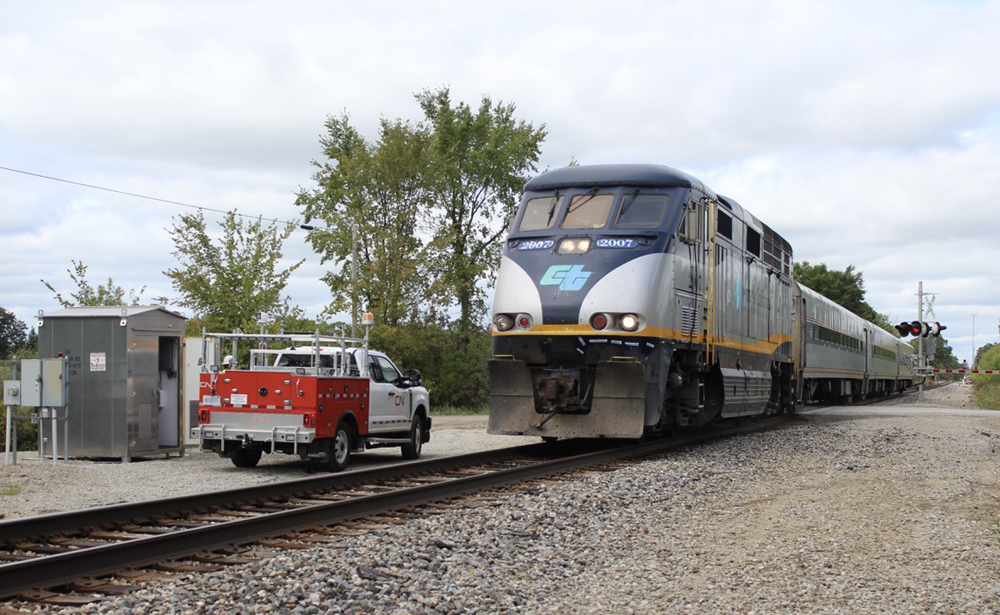
WASHINGTON — Three labor organizations have opposed Amtrak’s request for a waiver allowing installation of a device the company claims will prevent incidents where trains fail to trigger track circuits. As a result, a decades-old issue that recently has forced Amtrak to assign at least seven Superliners to trains operated over Canadian National’s Chicago-Carbondale, Ill., route is no closer to being resolved.
Amtrak filed a petition with the Federal Railroad Administration to allow “shunt-enhancer antenna” installations on Charger locomotives, the power normally assigned to state-supported Illini and Saluki round trips. If the locomotive can provide a reliable electrical path between the rails from these antenna, which would be installed less than 2.5 inches from the top of the rail, the weight and type of passenger cars assigned won’t matter.
The waiver request notes that FRA regulations only permit “flexible non-metallic sand pipe extension tips and trip cock arms” to extend that far. The antenna, which injects a 2- to 4-amp, 165-kHz signal into each rail to amplify current for a circuit that activates signals and highway warning devices, would be installed above the 2.5-inch threshold. But “worn wheels and dynamic profiles” might cause the device to protrude lower, hence the need for a waiver.
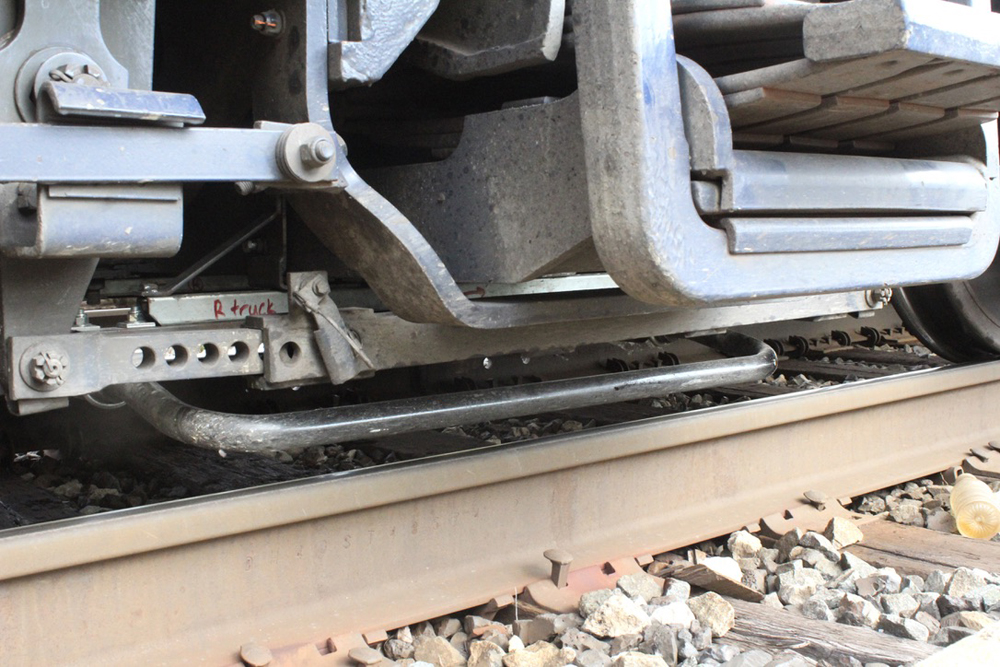
Canadian National and its signal engineers have taken the lead in investigating and attempting to rectify “loss of shunt” issues, as Trains News Wire detailed last year [see “The quest to counteract ‘loss of shunt’ …,” Sept. 5, 2023, and “Seeking answers on ‘loss of shunt’ …,” Sept. 6, 2023].
That report followed detailed discussions with CN personnel and preceded a visit to the railroad’s “LOS test track” in Pontiac, Mich., on Sept. 13, 2023. During the session, News Wire observed several test runs utilizing a signal-enhancing antenna and spoke extensively with engineering personnel conducting the tests, which had been underway for more than five years.
Findings not shared
At the time, News Wire agreed to hold details of the day’s testing until a final report was issued, but subsequent periodic inquires to CN went unanswered. Though Amtrak’s petition was filed a month later on Oct. 17, 2023, public notice of the request did not appear in the Federal Register until April 19, 2024. After that occurred, News Wire again asked CN via email for “at least a statement regarding this request,” noting that “the antenna solution appears to have been decided upon.” Again, there was no response.
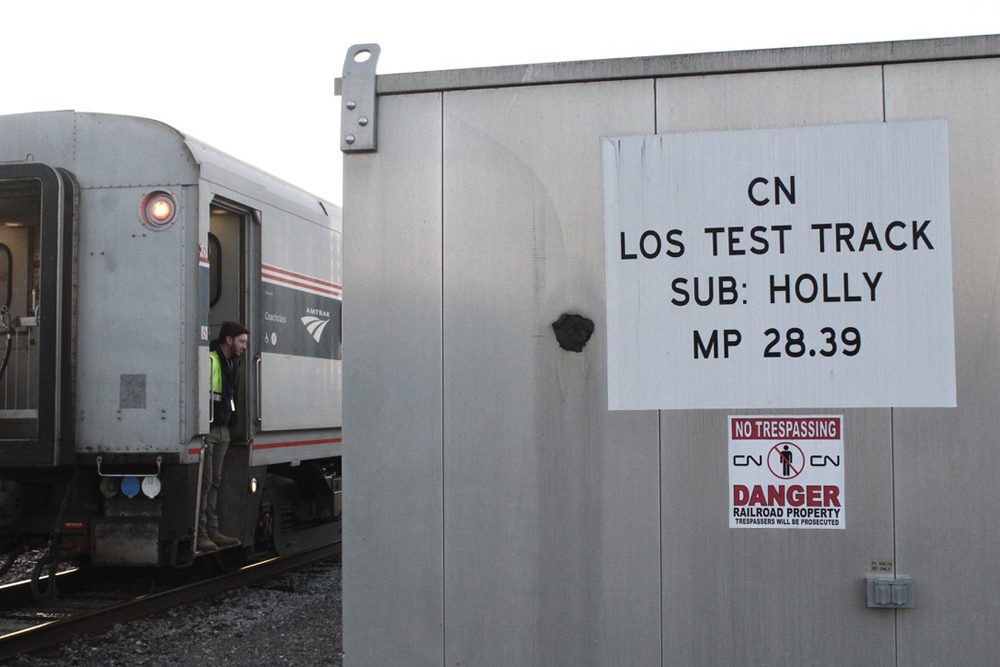
Comments filed by the three unions, the Brotherhood of Locomotive Engineers, the Transportation Trades Department, AFL-CIO, and the Brotherhood of Railroad Signalmen, all expressed concern that they were never invited by the Loss of Shunt Committee — a group comprised of the FRA, Amtrak, and Class I railroad engineering staffs — to see any test results that led to Amtrak’s petition. Significantly, there was no evidence in the filings that any of the organizations even knew about the tests CN and Amtrak had been conducting at Pontiac, Mich., or south of Effingham, Ill., on the Illini-Saluki route.
The Brotherhood of Railroad Signalmen’s comment suggests rail labor was excluded from the process: “Amtrak’s petition was unclear about whether the antenna would function as a shunting device by contacting the rail. In contrast, the notice in the Federal Register indicated that the antenna would inject a 2-4 amp, 165 kHz signal into the rail. Currently, BRS is uncertain whether Amtrak intends to implement the approach described in the Federal Register notice or the one outlined in its petition. To provide informed comments, more precise information is needed. Often, new technologies are tested at facilities like the Transportation Technology Center (TTC) or MXV Rail. If this technology has been tested — whether through shunting the track or injecting a signal into the rail — it would be highly beneficial to have access to the testing data.”
The Brotherhood of Locomotive Engineers’ filing from National President Edward A. Hall says its members have reported “widespread loss of shunt issues” including situations where it may occur if an engineer reduces speed below what a positive train control-induced slow order requires. “This suggests there may be complications with the PTC system where the computer is not registering track circuits properly,” according to the union.
Noting that the issue has caused cases of false clear signals, the BLE “therefore asks the FRA to deny this waiver until a full root cause analysis is performed and multiple solutions are considered that comprehensively address the problem.”
For whatever reason, CN and the Loss of Shunt Committee appear to have not shared their findings. A CN spokeswoman, in a July 8 statement to News Wire, said, “Safety is a core value for CN and non-negotiable with any initiative that is put forward. We will continue to work with our partners, as we know that they are just as committed to safety as we are.”
A final report on the findings has yet to be issued. Meanwhile, Superliners needed on sold-out long-distance trains will continue to run empty on the Illini and Saluki for the foreseeable future.
— Updated July 9 at 12:05 p.m. with CN statement.






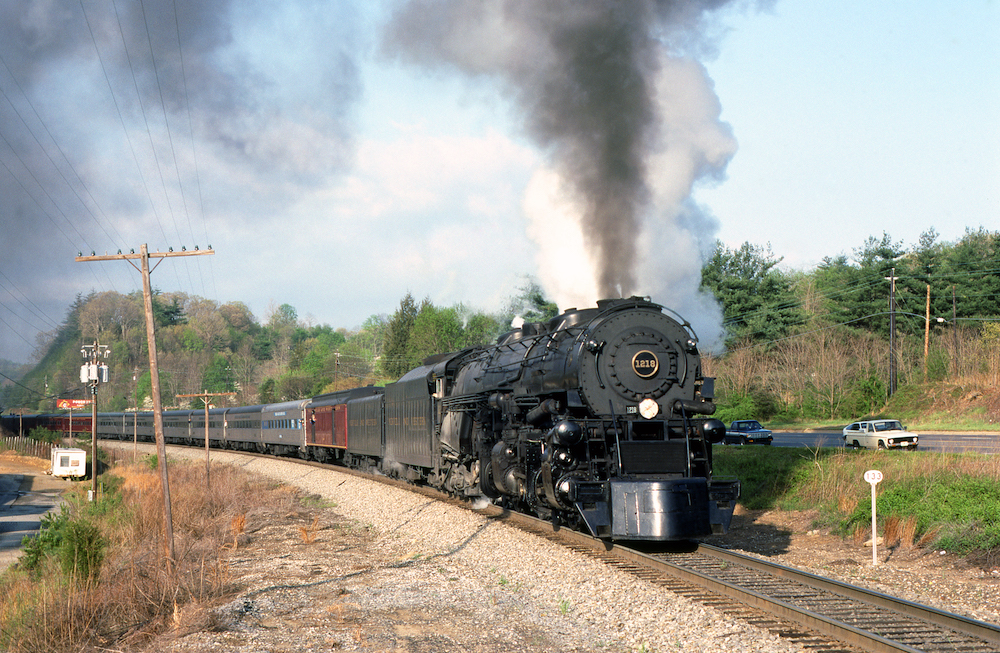
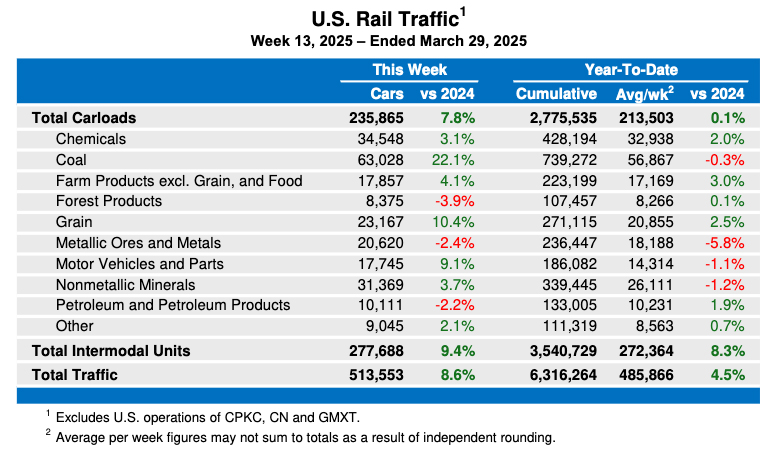





I appreciate the updates, too. Amtrak was operating short, and Amfleet and Horizon equipped trains for years after CN did this single tracking project. Were there loss of shunt issues from the beginning, or did this occur more recently?
Once again unions pissing and moaning about a item that apparently is already in service on units in another state: in this California. The question that needs to be answered is if they(the unions) were consulted when Caltrans added that device to their FP59s…if not, then they have no basis for intefering in this Amtrak request for waiver when it applies to the same type of device.
Could it be that a CalTrain F59PHI is merely a surplus locomotive that can be leased out for testing?
These issues are not new; note the use of axle count cars since around ten years ago? Why are CN and (their) signal engineers congratulating themselves for “tak(ing) the lead in investigating and attempting to rectify loss-of-shunt issues” after a decade of wasting diesel fuel hauling around 600,000 pounds of rolling mass for no reason other than their track circuit detectors being faulty? Simply stated, if a detector does not detect a train, it is faulty. What about a single light engine? I would think if the detectors don’t trip for that, the first time grade crossing warning devices do not activate, the railroad’s going to get their pants sued off. That this has been going on for over a decade, something simply doesn’t add up here. What about from a regulatory standpoint? FRA look away?
Allow me to suggest another hypothetical. My state’s traffic signal detectors do not detect bicycles, which are a legally legitimate component of the traffic stream. Is the state leaving itself open to legal action for the faulty design of these systems?
49 CFR § 229.71 Clearance above top of rail.
No part or appliance of a locomotive except the wheels, flexible nonmetallic sand pipe extension tips, and trip cock arms may be less than 2 1/2 inches above the top of rail.
That antenna is definitely NOT greater than 2.5 inches above the rail. Waiver.
This secrecy is inexcusable. Or is CN trying to keep info from UP and BNSF???
My question is why state-sponsored trains like the Illini and Saluki get preference over long-distance trains when it’s time to distribute equipment. I would guess that Amtrak is required to provide equipment more or less capable to handle anticipated ridership, but not an unlimited number of cars if there are extraordinary operating conditions. In other words, why shouldn’t Amtrak simply allocate whatever rolling stock (even if single level), and if it doesn’t satisfy CN, let the state duke it out with CN. The state of Illinois is likely a more-formidable opponent. Seems like Amtrak is more interested in accommodating state-supported trains because they’re a “break even” (so to speak) operation whereas they claim long-distance trains are big money losers.
My theory is when the Chicago-Carbondale line went from double to single track a different type of shunting signal equipment was installed. CN may not want to pay the cost of ripping everything out and replacing it with something that works for short train consists.
What’s to hide from everyone?
Bob: thanks for continuing to track this issue (pun intended I guess).
What has never been satisfactorily explained to me is why this is an issue on one (or maybe a few at most sections) of track. Can you elaborate on what might be different about the CN line in question?
Two entirely different lines. Ex-ICRR in Illinois, and ex-GTW (traditional CNR subsidiary) in Michigan. I think we know about as much that’s going on (that is to say, zero) as we did several years ago.
I have to wonder what’s going on and why none of it adds up.
Neil, There has been much speculation about “what is different?” about the segment where CN is requiring 7 Superliners in southern Illinois but that is, in part, what years of testing have been about, so we will have to wait to see if the final report answers that question.